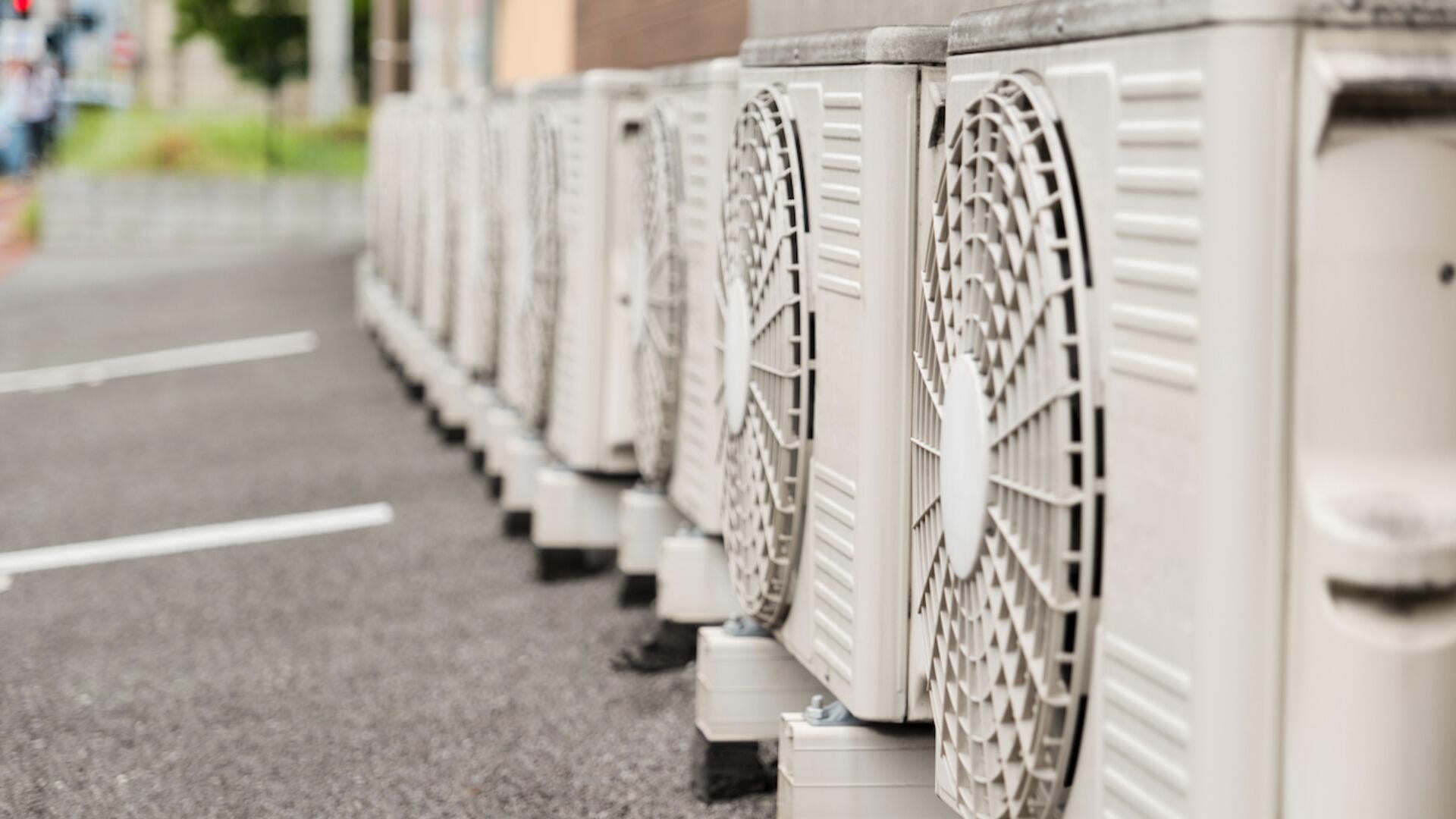As energy costs rise, staying cool a growing challenge for low-income Americans
Dallas — Angela Harmon and her grandson Leo headed out on a hot day in Dallas, Texas, to a neighborhood store that is run by their church. It's where they keep cool because running Harmon's air conditioner at home is more than she can afford.
"It's costly, it's expensive, and I have to juggle to pay it," Harmon told CBS News, disclosing that her daughter sometimes has to assist her in paying her electricity bills.
"Many of our community members are very, very low income," said Chris Simmons, Harmon's pastor at Cornerstone Baptist Church.
"Many of them, if they have added health conditions, may not survive," Simmons said of his congregants who cannot afford air conditioning. "They may not survive."
To pay her utility bills last year, Harmon relied on the federal government's Low Income Home Energy Assistance Program, LIHEAP, a utility assistance program through the U.S. Department of Health and Human Services that serves more than six million Americans.
But President Trump's budget proposal for the 2026 fiscal year would eliminate LIHEAP.
In a statement provided to CBS News, a spokesperson for the White House's Office of Management and Budget called LIHEAP "a failed program that is also mired in fraud – for example thousands of 'dead' people and hundreds of prisoners have received funding. Further, LIHEAP disproportionally funds states like California, whose Green New Scam policies drive up home energy prices."
The White House would leave it to the states to pay for and administer their own utility assistance, the spokesperson added.
Andrew Dessler, a professor of atmospheric sciences at Texas A&M University, studies the impact of climate change on consumers.
His research has determined that climate change is increasing the cost of electricity.
According to his research, between the summers of 2023 and 2024, climate change increased wholesale electricity costs by an average of 35% in the New England region, 30% in California, 20% in Texas and 17% in New York.
And according to the latest Consumer Price Index from the U.S. Bureau of Labor Statistics, electricity costs rose 5.5% in July compared to one year ago.
Dressler said that when temperatures are very hot and demand peaks, the cost of electricity can surge and those extra costs eventually gets passed along to consumers.
"You can directly draw the line from humans emitting greenhouse gases to the atmosphere, increases the temperature. That means people have to run their air conditioner more."
One bright spot Dessler found was solar power. He said it is the cheapest form of energy and can help push down prices. But he is concerned consumers will be hurt by Trump administration policies that have slashed renewable projects in favor of higher-cost oil and natural gas.
"It is going to make things much, much worse," Dressler said. "It's going to be much more expensive."
As temperatures rise, energy costs are set to go up with them.
"It's on my mind every day," Harmon said.

